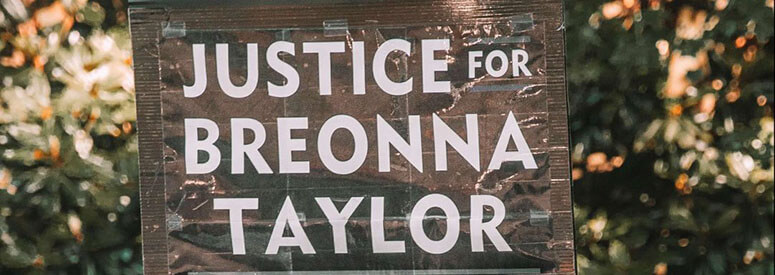Reboot in the News
News coverage, Reboot writings, and mentions of our work from around the globe.
David Bosso at Education Post
Teachers often tell their students that there is no such thing as a bad question. It’s true of course—students should never be embarrassed to ask a question. At the same time, however, it is possible to learn to ask better questions.
Unfortunately, questioning is a skill that is not emphasized enough in classrooms. Indeed, one of the pillars of critical thinking—a set of skills that is more valuable now than ever—is the capacity to formulate and ask questions.
Meha Ahmad at WBEZ, NPR Chicago
Tech companies like Google, Facebook and Twitter have ramped up efforts to combat misinformation surrounding the election. Is it too little, too late?
Reset checks in with two experts.
• Sheera Frenkel, New York Times reporter on cybersecurity
• Helen Lee Bouygues, a misinformation expert and President of the Paris-based Reboot Foundation
Elisabeth H. Daugherty in Princeton Alumni Weekly
When Helen Lee Bouygues ’95’s daughter needed to research King Francis for a school project, the 7-year-old didn’t turn to either of the two books about him sitting right in her room.
She asked to borrow a computer and went straight to Wikipedia.
“That got me thinking about how children gather information,” says Bouygues. “For her, it was about expediency and being faster, but that has implications around how children learn.”
Mariel Padilla in The19th
Since the internet’s advent, conspiracy theories have acquired followings online. Now, in the era of social media, people use platforms like Facebook, Twitter and YouTube to spread disinformation and misinformation. Instagram, the Facebook-owned image platform where influencers tout luxury, beauty and consumer culture, has also become an online home for conspiracies. And lately, one has been particularly prolific: QAnon.
Cheryl Mercedes at KHOU 11
Social media has become the information highway for so many people, but not everything is paved with the truth.
A new study found some age groups are more inclined to believe and share misinformation.
The posts pop up on social media news feeds constantly. Claims that you, “Need to affix two stamps to your absentee ballot to make sure it gets delivered;” “Lawmakers are trying to sneak in a bill that would raise taxes on guns and ammo;” “FEMA has authorized a $2800.00 check for hazard pay!”
News Literacy Project in the Washington Post
Two new studies tap into the growing interest in generational differences when it comes to misinformation savvy. The big takeaway? While it’s easy to blame others for spreading so-called fake news, young and old alike struggle to navigate today’s tangled information landscape.
A report from the Reboot Foundation, a nonprofit organization that promotes critical thinking, examines the online behaviors of 150 respondents across two age groups: those 60 and older, and younger adults ages 18 to 30. The study paints a nuanced picture of how age might impact a person’s ability to shun clickbait, recognize legitimate news headlines and assess the credibility of websites.






